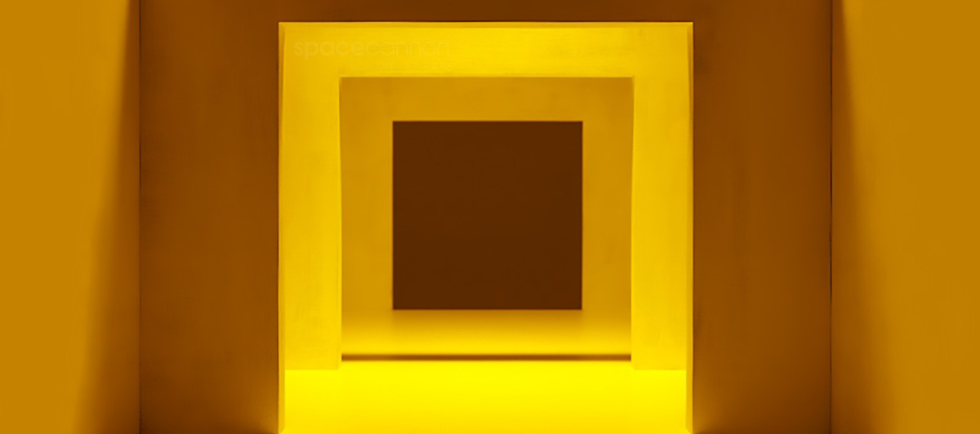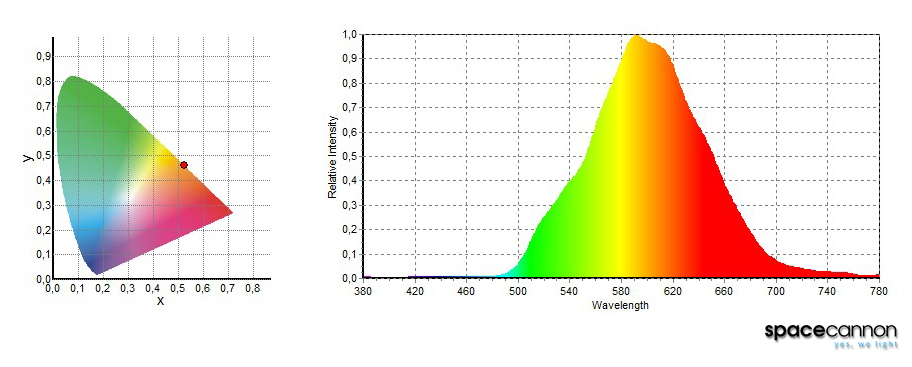A study of the University of Exeter has confirmed that blue light emitted by LED lighting has negative effects on both wildlife and people.
Intense white lighting, such as street lighting, disrupts the circadian cycle due to the suppression of melatonin, a hormone which regulates sleep and related rest. Moreover, this type of lighting, which can be achieved between 2200K and 2700K, clashes with new EU regulations to protect the dark sky. Illuminating intensely, in fact, does not allow a good view of the stars.
Excessive lighting of the sky, in addition to bothering astronomy enthusiasts, creates severe damage to wildlife and flora. Nocturnal animals such as moths and bats, but also daytime animals like turtles, which move around at night in search of food, are severely harmed by blue light. They see themselves, precisely, disrupted in their circadian cycle and can end up confusing day and night, effectively disrupting several vital activities.
An early, key example of change comes from Maui, Hawaii, where an ordinance limiting the use of blue light in lighting to 2% has been enacted as of July 1, 2023. Maui’s example will soon be followed by Europe, Asia, Africa, Australia, North and South America.
How, then, can we improve the quality of life for everyone?
Using lighting that is free, or nearly free, of blue light is essential to allow our and wildlife’s circadian rhythm to function at its best.
To accurately and satisfactorily illuminate streets, buildings, and surfaces without having the disturbance created by blue light, our Gold family spotlights are ideal.
Thanks to a mixture of colors designed by our engineers, we have succeeded in our intent to create a golden light, which, as evidenced by tests, consists of less than 2% of the color blue.
You can use the Gold family for any kind of application, thanks to the diversification of products and optics.


